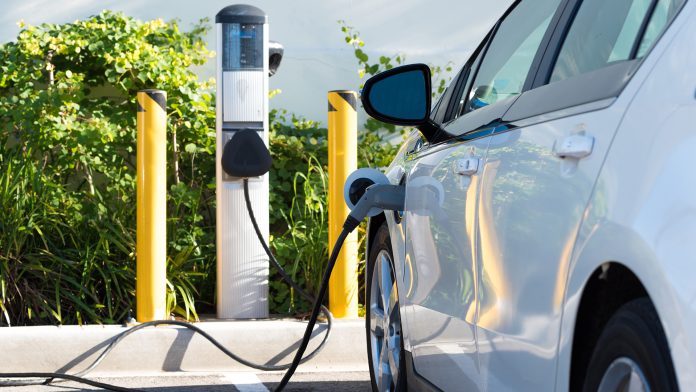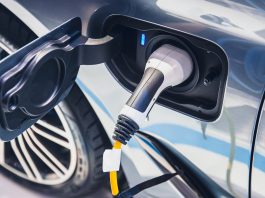Argonne National Laboratory has launched a fuel cost calculator tool to show motorists how much money they can save by switching to an electric vehicle (EV).
The tool enables drivers to estimate fuel savings at the ZIP code level by transitioning to either a plug-in hybrid (PHEV) or a battery electric vehicle (BEV).
The fuel cost calculator is expected to accelerate the uptake of EVs by demonstrating the vast financial benefits.
Xinyi Wu, a transportation systems analyst in the ESIA division and lead author of the report, explained: “When more individuals choose to drive BEVs, they’re not only contributing to cleaner air — they can also enjoy significant cost savings for themselves.
”With this tool, individuals can now see just how much they can save based on where they live and how much they drive.”
The tool is freely available to the public and can be accessed here.
Cost benefits of EVs
The fuel savings tool was developed following a recent Argonne report that investigated how local factors such as fuel and electricity costs can impact a person’s savings and how they can reduce greenhouse gas emissions where they live.
Using the tool known as the ‘Driving Electric: Local Fuel Savings Calculator,’ drivers can enter their ZIP code, vehicle size, model year, tank size, fuel economy and annual mileage to calculate potential savings.
Compared to traditional ICE vehicles of equivalent size, the tool showed that motorists could save an average of $2,200 annually by switching to a BEV.
These cost savings were highest in areas with high gasoline prices, low electricity prices, preferences for larger vehicles and high annual mileage.
For drivers of PHEVs, savings of up to $1,500 per year can be expected.
Yan Zhou, principal transportation systems analyst in the ESIA division at Argonne, commented: “Driving a plug-in electric vehicle rather than a conventionally fuelled vehicle results in fuel cost savings and reduced greenhouse gas emissions in more than 99% of US ZIP codes.”
Reducing greenhouse gas emissions
Using a ‘well-to-wheels’ approach, the tool examined the impact of EVs on greenhouse gas emissions over the vehicle’s entire life cycle.
The fuel cost calculator found that BEV drivers can save nearly five tons of carbon dioxide equivalent for every 10,000 miles driven.
“When more individuals choose to drive BEVs, they’re not only contributing to cleaner air — they can also enjoy significant cost savings for themselves,” added Zhou.









